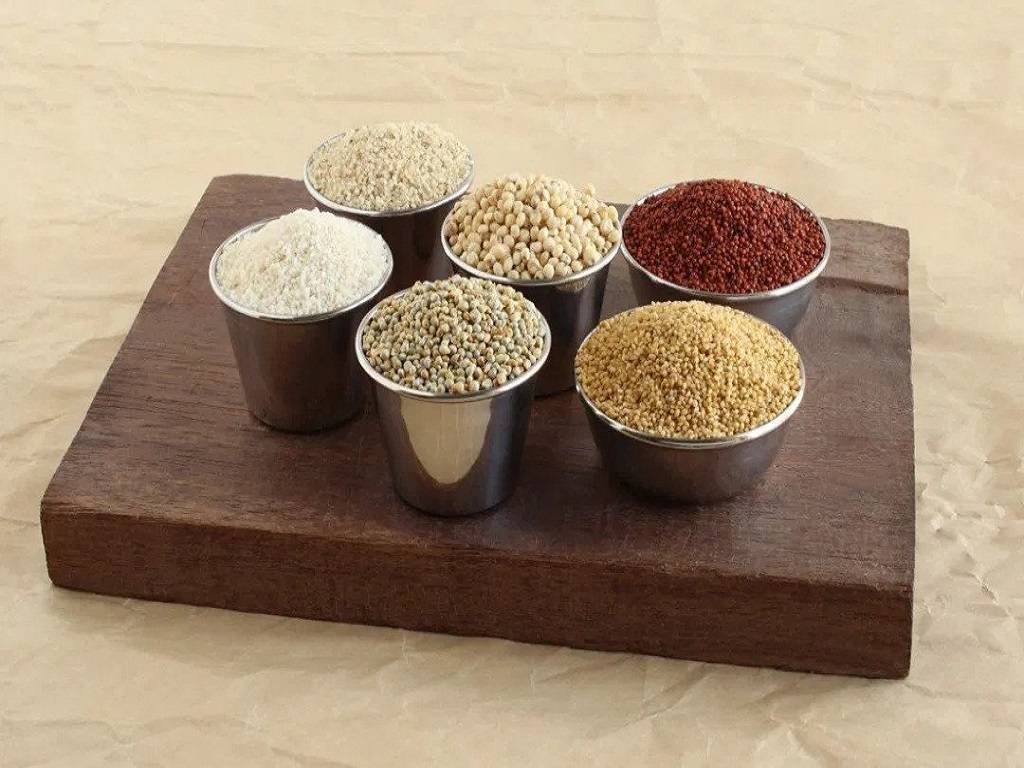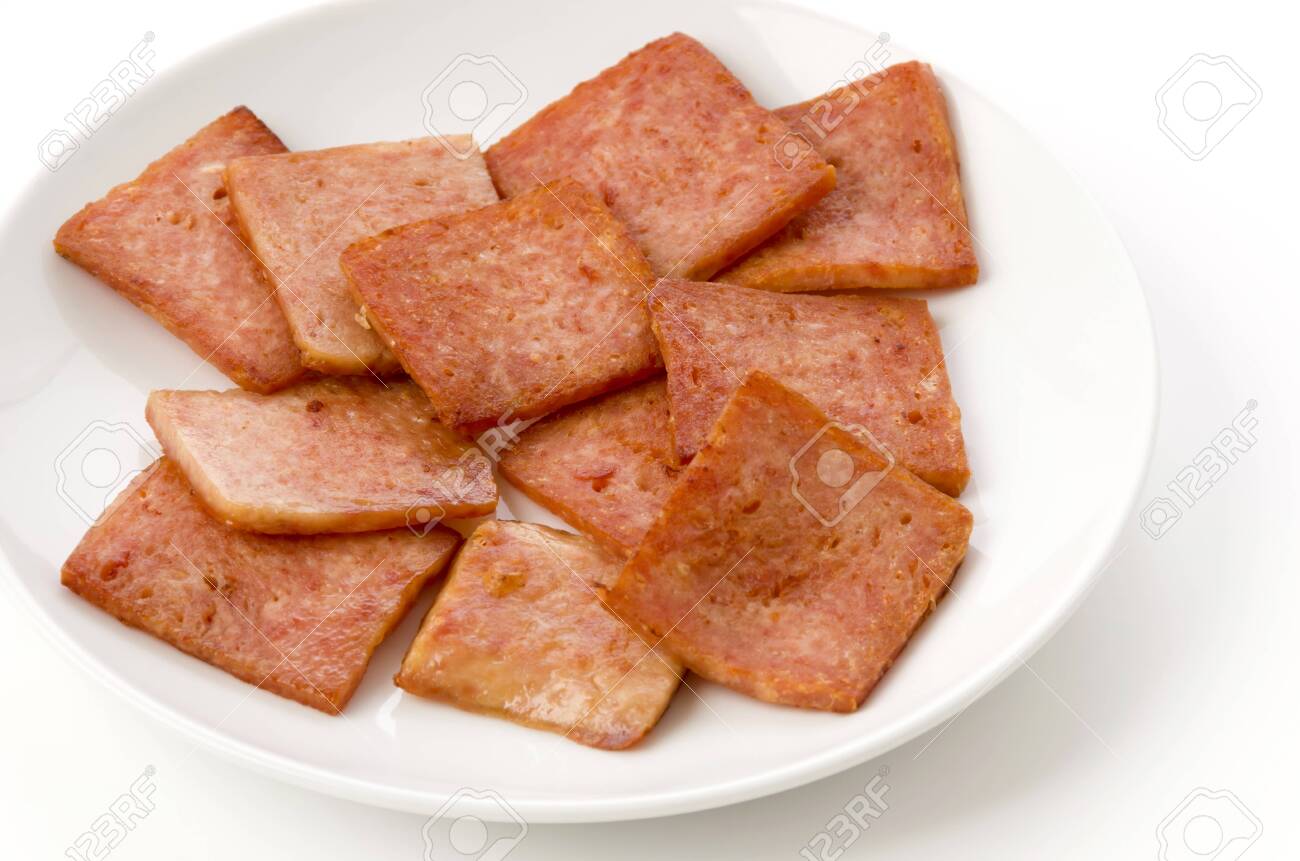krishijagran.com
Sandeep Kr Tiwari Updated 21 October, 2022 2:22 PM IST Published on 21 October, 2022 12:31 PM IST
 In comparison to rice, millet has a higher glycemic index.
In comparison to rice, millet has a higher glycemic index.
For this reason, awareness about millets has increased in the last few years and will increase further in the days to come. The U.N. General Assembly also adopted a resolution, sponsored by India & supported by more than 70 nations, declaring 2023 as the International Year of Millets.
But the problem is that people still aren’t aware of the benefits of millet. They still prefer eating rice and not millet. Hence in this article, we have made a nutritional comparison of millet and rice.
Millets contain more enzymes, vitamins, and minerals than rice. Apart from this, the amount of soluble and insoluble fibers is also high in millets.
Fiber, phosphorus, iron, magnesium, copper, zinc, and vitamins B1, B2, B3, B5, and B6 are all abundant in millet. When it comes to diet, they are the best option. The glycemic index of rice is lower. For general health, millet is a preferable alternative.
In comparison to rice, millet has a higher glycemic index. With a GI of 71, millet is categorized as a food with a high glycemic index. With a GI of 60, rice is categorized as having a medium glycemic index.
Note: The glycemic index is a system of assigning a number to carbohydrate-containing foods according to how much each food increases blood sugar.
Related Links
Millet contains 73g of carbohydrates which fill 24% of the daily recommended value. On the other hand, rice contains 28g of carbohydrates, filling 9% of the daily recommended value. Rice has a lower fibre content than millet when comparing the fibre level of each food, whereas millet provides 36% of the daily required amount.
Calories
When compared to rice, millet has three times more calories. Compared to rice, which has 130 calories per 100g, millet has 378 calories. The significant difference in calories must be taken into consideration.
Millet contains phytochemicals that have protective characteristics against cardiovascular diseases and the property of controlling serum lipid levels.
It's important to note that moderate consumption of white rice has no connection to the development of cardiovascular disease.
Diabetes
Millet contains tannins that have anti-obesity properties, in turn reducing risks of metabolic syndrome and diabetes.
If you follow a calorie-restricted diet, rice as part of a well-balanced meal will aid in weight loss. Because eating rice makes you feel fuller than eating the actual meal, this strategy works. Although rice is frequently used in Asian cuisines, it is also connected with nutritious meals, which helps to maintain good health.
First published on: 21 Oct 2022, 12:31 IST
Millet or Rice: Which is Healthier?
As health-related diseases are growing worldwide, scientists are now returning to the old diet. The things that our ancestors used to eat thousands of years ago, are now in trend in the form of superfoods.Sandeep Kr Tiwari Updated 21 October, 2022 2:22 PM IST Published on 21 October, 2022 12:31 PM IST

For this reason, awareness about millets has increased in the last few years and will increase further in the days to come. The U.N. General Assembly also adopted a resolution, sponsored by India & supported by more than 70 nations, declaring 2023 as the International Year of Millets.
But the problem is that people still aren’t aware of the benefits of millet. They still prefer eating rice and not millet. Hence in this article, we have made a nutritional comparison of millet and rice.
Millets contain more enzymes, vitamins, and minerals than rice. Apart from this, the amount of soluble and insoluble fibers is also high in millets.
Fiber, phosphorus, iron, magnesium, copper, zinc, and vitamins B1, B2, B3, B5, and B6 are all abundant in millet. When it comes to diet, they are the best option. The glycemic index of rice is lower. For general health, millet is a preferable alternative.
Nutritional comparison between Millet and Rice:
Glycemic indexIn comparison to rice, millet has a higher glycemic index. With a GI of 71, millet is categorized as a food with a high glycemic index. With a GI of 60, rice is categorized as having a medium glycemic index.
Note: The glycemic index is a system of assigning a number to carbohydrate-containing foods according to how much each food increases blood sugar.
Related Links
The Cultivation and Health Benefits of Jasmine Rice
Jasmine Rice is one of the most delicious rice in the world. This is mostly cultivated in Thailand. There are…
Millet contains 73g of carbohydrates which fill 24% of the daily recommended value. On the other hand, rice contains 28g of carbohydrates, filling 9% of the daily recommended value. Rice has a lower fibre content than millet when comparing the fibre level of each food, whereas millet provides 36% of the daily required amount.
Calories
When compared to rice, millet has three times more calories. Compared to rice, which has 130 calories per 100g, millet has 378 calories. The significant difference in calories must be taken into consideration.
Millet Vs Rice: Health Impact
Cardiovascular healthMillet contains phytochemicals that have protective characteristics against cardiovascular diseases and the property of controlling serum lipid levels.
It's important to note that moderate consumption of white rice has no connection to the development of cardiovascular disease.
Diabetes
Millet contains tannins that have anti-obesity properties, in turn reducing risks of metabolic syndrome and diabetes.
Diet And Weight Loss
Millet contains more calories and carbohydrates than other grains, but they are also higher in fibre, which helps you feel fuller for longer and supports a healthy digestive system. They are usually part of weight loss diet routines as an alternative filler food to rice because they are richer in fiber, vitamins, and minerals.If you follow a calorie-restricted diet, rice as part of a well-balanced meal will aid in weight loss. Because eating rice makes you feel fuller than eating the actual meal, this strategy works. Although rice is frequently used in Asian cuisines, it is also connected with nutritious meals, which helps to maintain good health.
First published on: 21 Oct 2022, 12:31 IST




